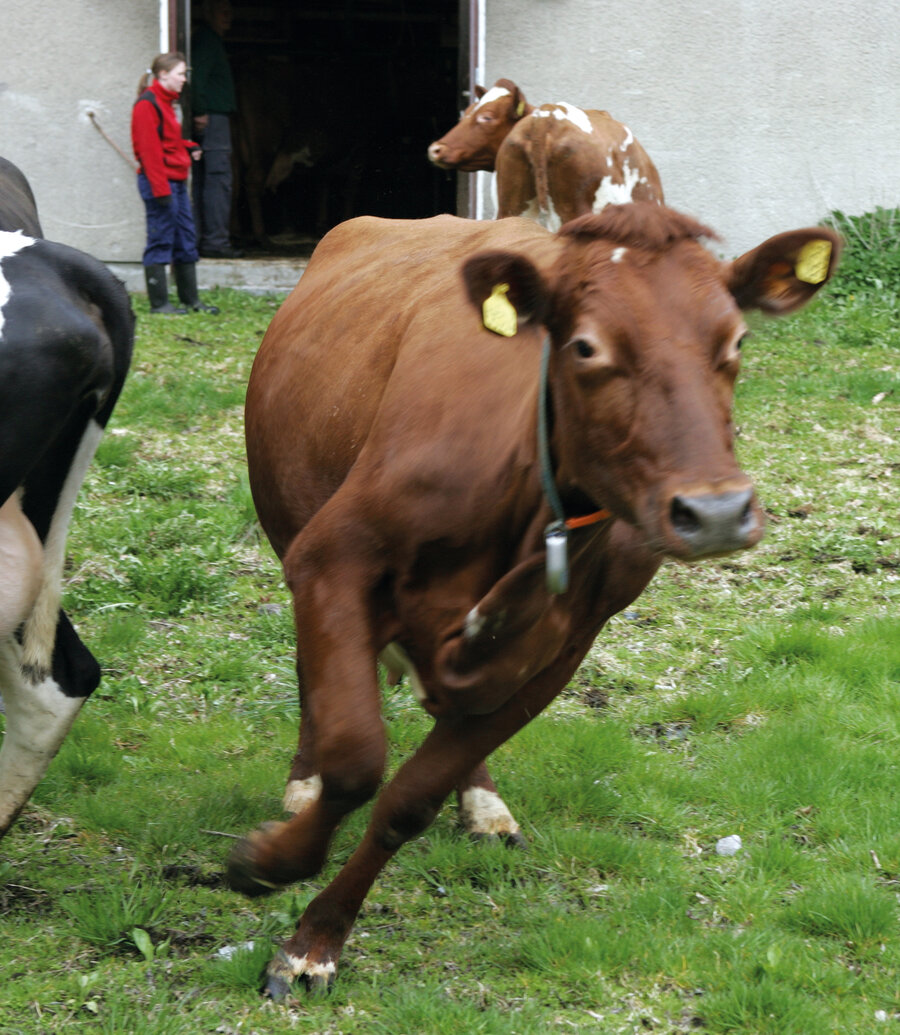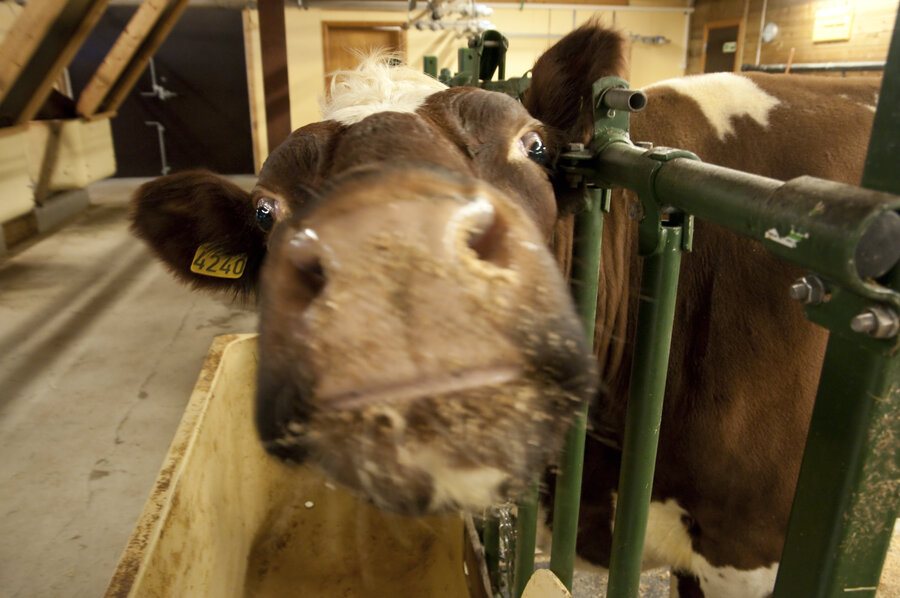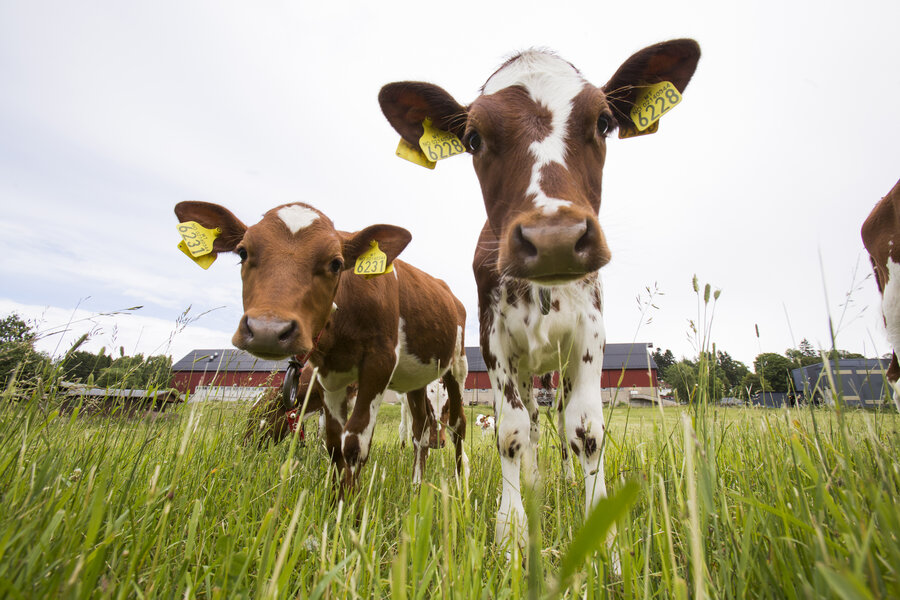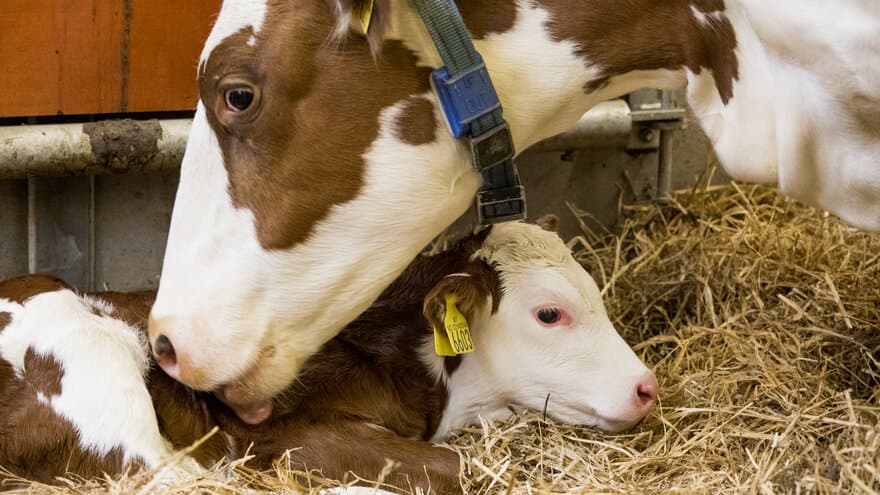A new research project at NMBU Faculty of Veterinary Medicine will find out what animal welfare is like in Norwegian dairy herds. The researchers have rented a campervan and are ready to travel around the country to visit cows and farmers on 150 farms. The aim is to contribute to further improving animal welfare.
– Although animal welfare in Norway is already generally good, it can always be improved, says project manager Camilla Kielland.
– Animal welfare is also a topic that is becoming more and more important in our society. Consumers, politicians, researchers, farmers, and animal welfare organizations are all increasingly concerned that livestock should have a good life.
In the research project, ‘WelCow: Better animal welfare in cattle herds’, the researchers will visit 150 Norwegian dairy farms to register their animal welfare status. Kielland hopes that the farmers will want to contribute to this project and that they will agree to participate if the researchers contact them.
Project in collaboration with industry partners
WelCow is a collaborative project. The industry stakeholders are represented by TINE and ANIMALIA contributing both financially and with professional expertise.
– Stakeholders such as the Norwegian Farmers' Union and farmers are also involved in the project, so that we have good dialogue throughout the project with those who will benefit from the results of our research, says Kielland.
Details about collaborating partners and funding can be found on WelCow's website.
Visiting cows and farmers
– In order to be able to assess how the cows are doing, we have to visit and spend a lot of time on each farm. That's why we are sending our PhD student Conor Barry on a trip in a campervan, so he can whizz around the country and visit cows and farmers, says Kielland
Barry is a farm animal veterinarian from Ireland. He is doing a PhD on animal welfare in cattle at the NMBU Faculty of Veterinary Medicine and has taken several specialization courses that mean he is certified to assess welfare in cattle.
– My family are dairy farmers. I have great belief in the future of dairy farming, but we need to address society's perception of our industry. I hope this project will give us insight into the standards of animal welfare as they are now, and that the project can give us a better understanding of the good work that Norwegian dairy farmers are already doing. At the same time, I want to gain an understanding of how we all can continue to work to improve animal welfare. I am looking forward to exploring Norway and meeting many new people - in a COVID-safe way, of course! he says.
Helse, adferd og naturlig liv
Animal welfare is a complex topic, and Kielland points out that in order for it to be possible to assess and record it, one must know exactly what one is talking about.
– We need reliable and valid assessment methods. There are various standards that can be used to give an overall picture of how the animals are actually doing. In our project, we work based on a recognized welfare assessment protocol. The protocol emphasizes the animals' opportunity to live as is most natural for them, their biological function, and their subjective experience of how they feel. By observing the cow, we can see if, for example, if it expresses fear or stress or if it is in pain.

Continuous assessment of welfare
The registration of animal welfare in the herds is one part of the project. In addition, the researchers will work with TINE's newly developed Animal Welfare Indicator for dairy cows. TINE has a national database called Kukontrollen. There, they have collected health and production data from Norwegian dairy cows since the 1980s.
Data about the cows is continuously coming in, and it includes, among other things, how many calves they have given birth to, how much milk they produce, how much fat is in the milk, disease treatments, and samples taken. On the basis of this data, TINE launched their Animal Welfare Indicator for dairy cows this autumn, which will act as an aid for advising on better animal welfare.
Doesn't give the whole picture
The WelCow project will contribute to validating this indicator by examining whether there is agreement between how a dairy herd's welfare status is scored based on the assessment of this indicator, and how the cows are doing on-farm as assessed using the recognised welfare assessment protocol.
– Animal welfare is complex. The data TINE is using say something about health and production, but they do not necessarily give the whole picture. It is not known, for example, whether the animals are dirty, whether they have injuries, how they have adapted to life in the barn, and what their behaviour is like. Thus, we do not know whether a cow from a herd that is rated as good based on TINE's Animal Welfare Indicator is actually doing well on that farm. And that's what we're going to find out.

Useful tool for advisors
– Evidence of agreement, or a lack of agreement, will help us improve the indicator, says Kielland.
She hopes the research project will contribute to better animal welfare in Norwegian herds.
– TINE's indicator provides a lot of valuable information. It is a very useful advisory tool that can be used to help farmers improve the welfare of their herds. We also hope that our project will provide insight into how both the new Animal Welfare Indicator and the recognized protocol for assessing animal welfare that the project uses can be optimised, so that we get an even better basis for assessing animal welfare on-farm.
The farmer is the key
Kielland sier at nøkkelen til bedre dyrevelferd, er bonden.
– It is he or she who works around the clock managing, feeding, and taking care of their animals. The project will therefore also look at how we can contribute to motivating farmers to engage even more with improving the welfare of their animals. Farmers are not only the key to good animal welfare, but also absolutely crucial for the research project itself. Without your participation, we will not be able to say anything about how animal welfare is around Norway.
Fakta
On WelCow's website you can read more about, among other things, funding and the researchers participating in the project. There will also be updates about our progress along the way.

Welcow:
Better animal welfare in cattle herds
The research projects website
